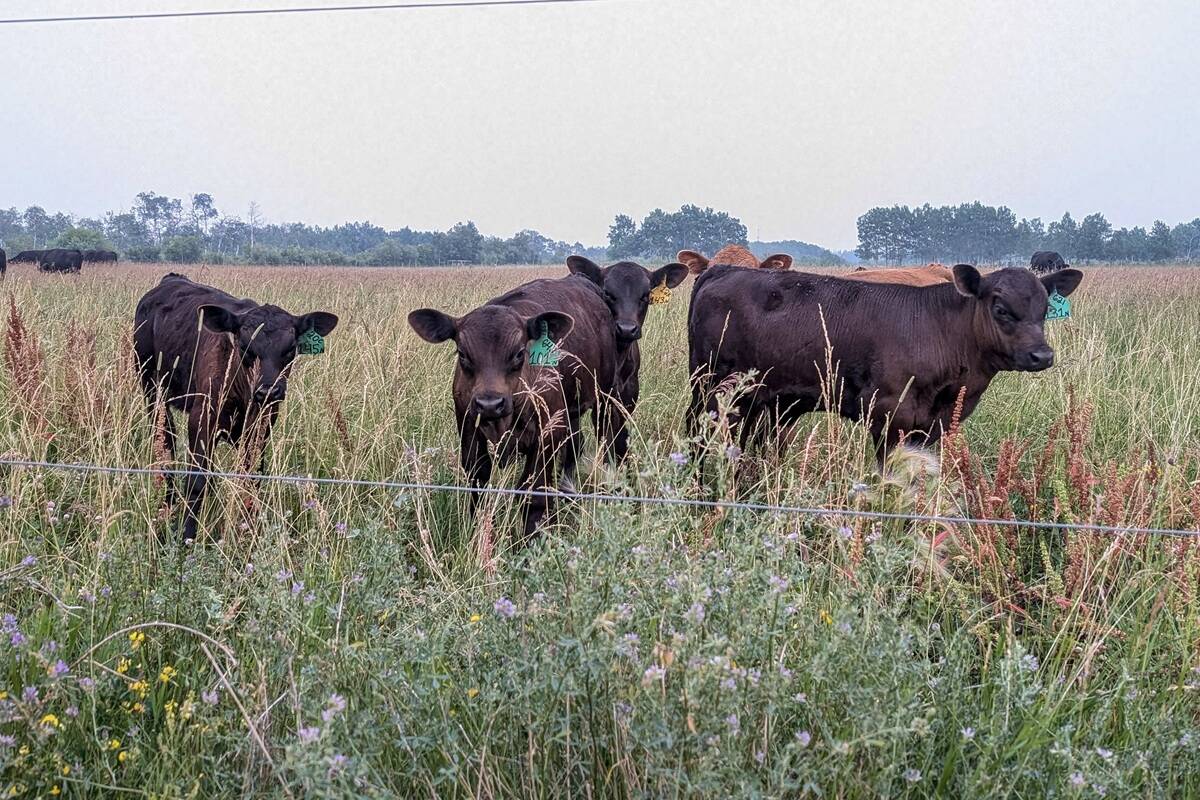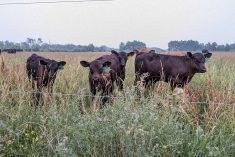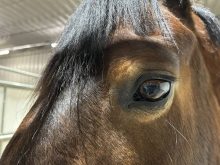Last winter’s snowfall and wet conditions in parts of the Prairies may lead to exposed anthrax spores on pasture land, the Canadian Food Inspection Agency warned Wednesday.
CFIA has already confirmed its first cases of anthrax this spring on a farm in the Rural Municipality of King George, southeast of Rosetown, Sask. The cases were confirmed in late May following the deaths of 13 cattle on the farm.
Anthrax spores are known to naturally exist in soil across the Prairies. A vaccination and booster program prevents anthrax in most animals and is advised in areas where the disease was recently confirmed.
Read Also

‘Not a happy Trump supporter’: U.S. Cattle ranchers hit by push for lower beef prices
Much like the price of eggs during the Biden administration, the cost of beef has become an emblem of the affordability crisis in Donald Trump’s America. Beef prices hit record highs earlier this year as the cattle herd shrank and consumer demand remained strong.
All suspected or confirmed cases of anthrax must be reported to the CFIA, which recommends that as a precaution, producers should immediately notify their veterinarians of any sudden deaths in their herds.
When anthrax is confirmed, the CFIA quarantines affected premises during decontamination and disposal. Producers of livestock affected by anthrax may get compensation of between $100 and $500 per animal, depending on species, once CFIA confirms disease control actions are complete.
Human cases of anthrax poisoning are only rarely associated with outbreaks in animals, but producers still should not handle or move an animal’s carcass if anthrax is suspected, CFIA cautioned.
In 2007, anthrax was reported on 23 farms in Manitoba, six in Saskatchewan and four in Alberta.














